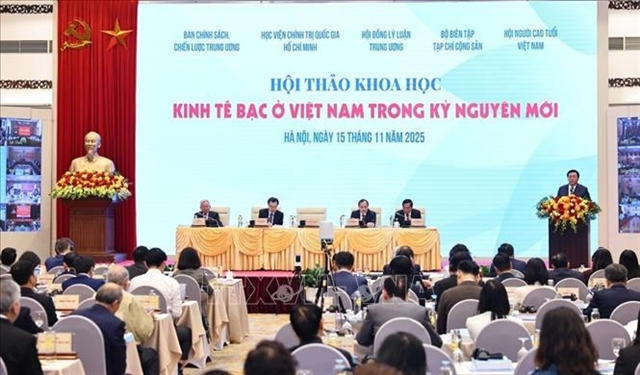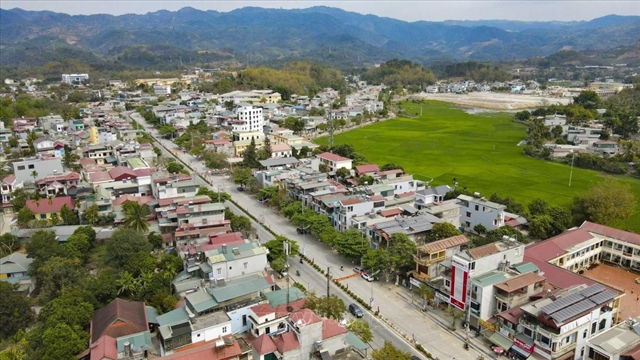 Economy
Economy


|
| Vice director of Việt Nam Administration of Forestry Bùi Chính Nghĩa. Photo chinhphu.vn |
Vice director of Việt Nam Administration of Forestry Bùi Chính Nghĩa told the online newspaper of Government chinhphu.vn about the impressive growth of Việt Nam’s timber and wooden product sector, particularly amid the COVID-19 pandemic
For the first three months of this year, Việt Nam earned nearly US$4 billion from exporting timber and wood products. How was this positive result achieved?
Việt Nam’s timber and wood products export revenue in the first three months of this year reached a record revenue of nearly $4 billion, marking an increase of 46 per cent compared with that of the same period last year.
The four biggest importers of Việt Nam’s timber and wood products are the US, China, Japan and South Korea as the four countries accounted for 85.5 per cent of Việt Nam’s total timber and wood product export revenue.
First of all, I think the result was made as Vietnamese enterprises tried their best to overcome difficulties, particularly those caused by the COVID-19 pandemic. They expanded their production and sought and accessed new markets.
The COVID-19 pandemic also offered them an opportunity as during social distancing, people spent more time at home and many of them thought about repairing their houses or changing furniture.
I think Vietnamese firms still have a great opportunity to access the world’s timber and wood products market. Now, its exports account for about 9 per cent of the world’s market, ranked as the fifth biggest exporter in the world.
What should Vietnamese firms do to thrive in the world’s timber and wood products markets?
Việt Nam’s timber and wood products exports have achieved high growth, which brings Vietnamese firms both advantages and challenges, particularly in big markets.
When they access a market, they have to pay much attention to meet their partners’ requirements including legal regulations and policies. In market development, Vietnamese firms also need to boost connections to each other so they could improve their competitiveness.
To ensure a “clean” supply of timber for productions, particularly to meet requirements on timber origin traceability, do we need links in forestation?
According to the Government’s decree No 102/2020/NĐ-CP on Việt Nam’s timber legality assurance system, a system with a control mechanism is established to ensure the legality of timber and imported timber. Timber with risks is imported to Việt Nam from specific areas notorious for illegal timber. Imported timber species are considered high risk if they are listed in any appendices of CITES, critically endangered precious and rare species or imported to Việt Nam for the first time.
The decree stipulates that when importing risky timber into Viet Nam, importers need to provide documents to prove the legality of the timber. Besides, businesses need to take measures to minimise risks.
Currently, there are effective co-operative models in the forestation and production of raw wood.
Groups of households or co-operatives are involved in forestation models, for example, those in Yên Bái, Tuyên Quang, Thừa Thiên-Huế and Quảng Trị provinces. Until now, about 300,000ha of certificated forests across the country provide about 3 million cubic metres of wood for processing.
The Ministry of Agriculture and Rural Development has called on localities to step up co-operation in forestation and create value chains between forest growers and firms as well as ensure the benefits of all involved parties. VNS




